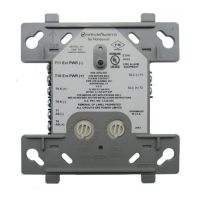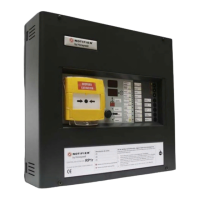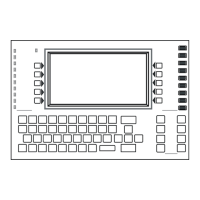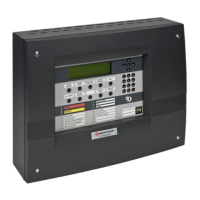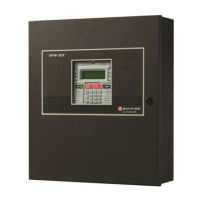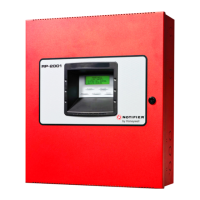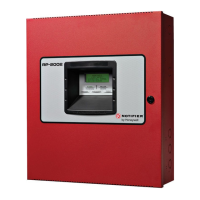FSB-200 Series
Reected Beam Sensors
Page 1 of 2 DOC-02-051 Rev. A
detector’s sensitivity. This sensitivity test
feature allows the user to quickly and easily
meet annual maintenance and test
requirements without physical access to
the detector. The servomotor must be
powered by an external +24 VDC power
source.
Features
• Transmitter/receiver built into same unit.
• Six user-selectable sensitivity levels.
• 5m to 70m (use BEAMLRK 70m to 100m)
protection range.
• Removable plug-in terminal blocks.
• Digital display — no special tools
required.
• Built-in automatic gain control
compensates for signal deterioration
from dust buildup.
• Optional remote test station.
• Optional multi-mount kit.
Approvals
CSIRO ActivFire listed to
AS 1603.7 - 1996 (afp-2083)
Intelligent/Addressable Devices
General
The Notier FSB-200 and FSB-200S are
intelligent, addressable reected beam
smoke detectors for protecting open areas
with high and sloping ceilings, and
wide-open areas, where spot-type smoke
detectors are dicult to install and
maintain. Ideal applications are atriums,
cathedral ceilings, aircraft hangars,
warehouses, sporting arenas, concert halls,
and enclosed parking facilities.
Installation of the single-ended
reective design is much quicker than a
dual-ended projected beam detector.
Alignment is easily accomplished with an
optical sight and a two-digit signal
strength meter incorporated into the
beam detector. Listed for operation from
–30°C to 55°C, the FSB-200 and FSB-200S
are usable in open area applications where
temperature extremes exceed the design
limits of other types of smoke detection.
The FSB-200 and FSB-200S are a
transmitter/receiver unit and a reector.
When smoke enters the area between the
unit and the reector it causes a reduction
in the signal strength. When the smoke
level (signal strength) reaches the
predetermined threshold, an alarm is
activated. The detectors have four
standard sensitivity selections as well as
two Acclimate® settings. When either
Acclimate® setting is selected, the
detector’s advanced software algorithms
automatically adjust to the optimum
sensitivity for the specic environment.
The FSB-200S has an integral sensitivity
test feature of a lter attached to a
servomotor inside the detector optics.
Activation of the RTS151 or RTS151KEY
remote test stations moves the lter into
the pathway of the light beam, testing the

